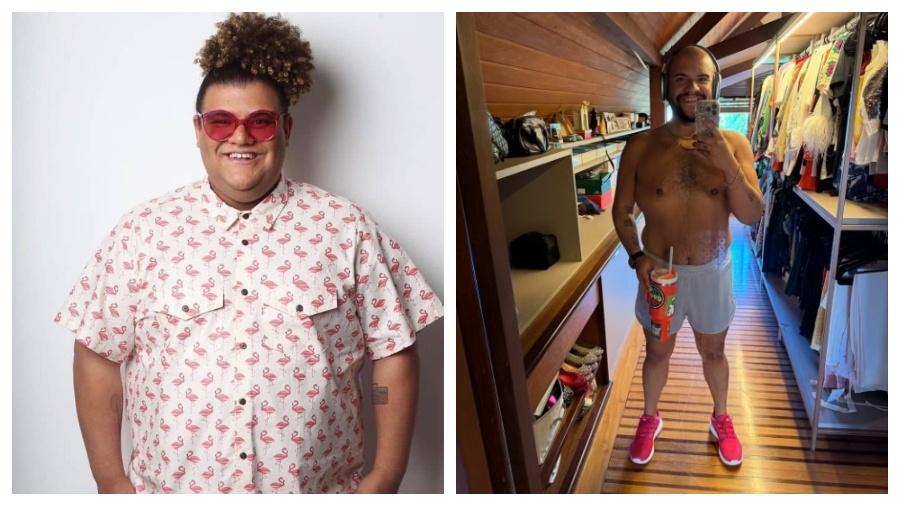Esposa de cantor country faleceu devido a perfuração pulmonar, diz autópsia

Quatro meses após seu falecimento, a modelo Mary Jane Thomas teve a causa de sua morte divulgada. Ela sofreu uma perfuração na região do pulmão, durante uma cirurgia de lipoaspiração e retirada de próteses mamárias de silicone.
De acordo com a revista People, os resultados da autópsia no corpo de Thomas - que era casada com o famoso cantor country Hank Williams Jr. - apontaram que ela veio a óbito "devido à perfuração da pleura parietal" - uma membrana que envolve o pulmão.
O documento aponta ainda que a lesão aconteceu enquanto o cirurgião que realizava o procedimento realizava uma "reinjeção de gordura autóloga" na paciente, após a remoção das próteses no seio, levando seu pulmão a entrar em colapso.
Mary Jane Thomas faleceu em 22 de março, aos 58 anos, um dia após ter se submetido ao procedimento cirúrgico. Ela residia ao lado da família em Nashville e viajou até Jupiter, na Flórida, para fazer a operação na clínica Bafitis Plastic Surgery.

















ID: {{comments.info.id}}
URL: {{comments.info.url}}
Ocorreu um erro ao carregar os comentários.
Por favor, tente novamente mais tarde.
{{comments.total}} Comentário
{{comments.total}} Comentários
Seja o primeiro a comentar
Essa discussão está encerrada
Não é possivel enviar novos comentários.
Essa área é exclusiva para você, , ler e comentar.
Só s do UOL podem comentar
Ainda não é ? Assine já.
Se você já é do UOL, faça seu .
O autor da mensagem, e não o UOL, é o responsável pelo comentário. Reserve um tempo para ler as Regras de Uso para comentários.